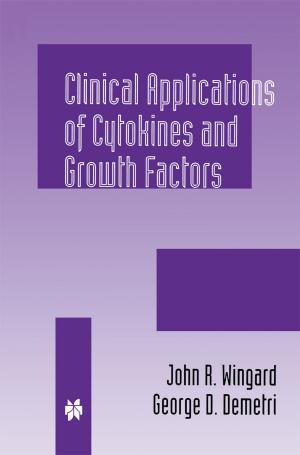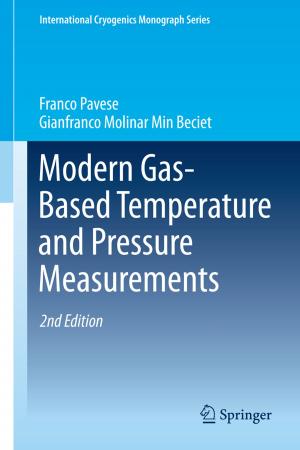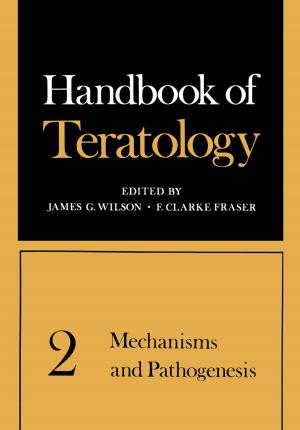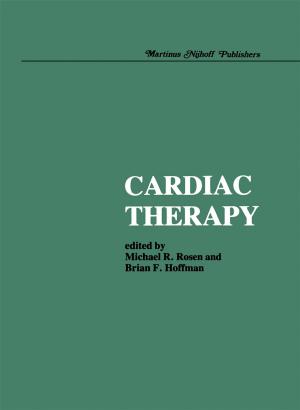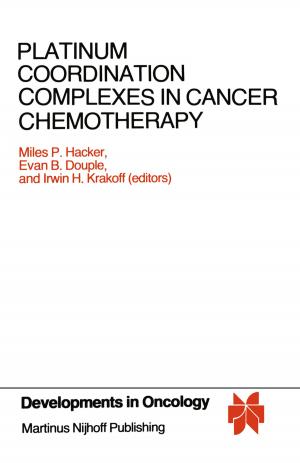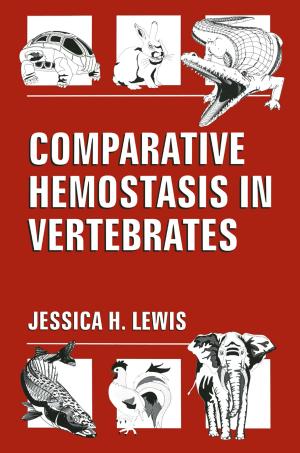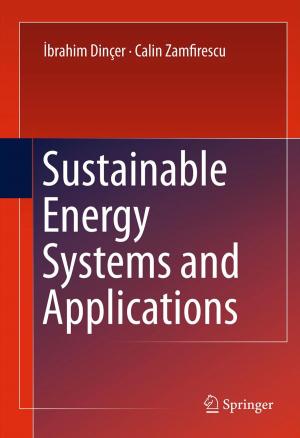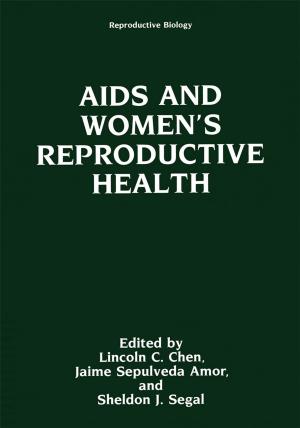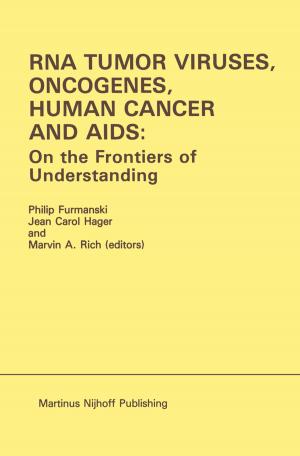| Author: | G. C. Mead | ISBN: | 9781461520597 |
| Publisher: | Springer US | Publication: | December 6, 2012 |
| Imprint: | Springer | Language: | English |
| Author: | G. C. Mead |
| ISBN: | 9781461520597 |
| Publisher: | Springer US |
| Publication: | December 6, 2012 |
| Imprint: | Springer |
| Language: | English |
Over the last 40 years, poultry-meat production has undergone considerable expansion in much of the developed world. The industry has changed from an essentially farm-based operation to one where economies of scale in rearing and processing have led to a high degree of operational efficiency. As a sequel to these changes, however, there is now greater emphasis on product quality, rather than mere 'production at least cost'. Also, the more recent growth in further processed and 'value-added' convenience items has helped to maintain a buoyant market for poultry, and has shown that the industry can rapidly adapt to changing consumer needs and preferences. It is in the areas of primary processing and further-processed product development that the greatest technological changes have occurred within the industry. Processing, in particular, has become more mechanical, so that most stages in the production of oven-ready carcasses or cut-portions are now either semi-or fully-automated, thus reducing labcur costs and helping to maximise the speed and efficiency of the process. However, not all of the changes that have taken place have necessarily been in the best interests of maintaining product quality, e.g. in relation to meat tenderness and microbial contamina tion, and it is essential for any processor to understand fully the effects of processing on all aspects of meat quality, including the efficacy of possible control measures.
Over the last 40 years, poultry-meat production has undergone considerable expansion in much of the developed world. The industry has changed from an essentially farm-based operation to one where economies of scale in rearing and processing have led to a high degree of operational efficiency. As a sequel to these changes, however, there is now greater emphasis on product quality, rather than mere 'production at least cost'. Also, the more recent growth in further processed and 'value-added' convenience items has helped to maintain a buoyant market for poultry, and has shown that the industry can rapidly adapt to changing consumer needs and preferences. It is in the areas of primary processing and further-processed product development that the greatest technological changes have occurred within the industry. Processing, in particular, has become more mechanical, so that most stages in the production of oven-ready carcasses or cut-portions are now either semi-or fully-automated, thus reducing labcur costs and helping to maximise the speed and efficiency of the process. However, not all of the changes that have taken place have necessarily been in the best interests of maintaining product quality, e.g. in relation to meat tenderness and microbial contamina tion, and it is essential for any processor to understand fully the effects of processing on all aspects of meat quality, including the efficacy of possible control measures.



